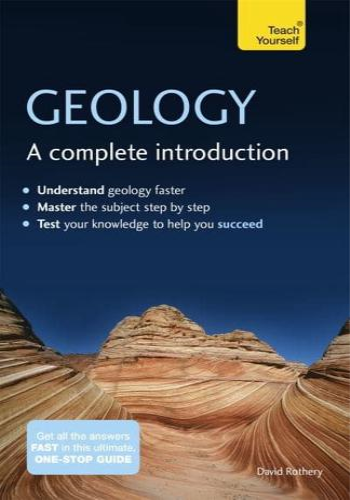Chapter 1: Introduction
This chapter introduces geology as the scientific study of the Earth. It covers the basic concepts of geology, including the Earth's composition, structure, and the processes that shape its surface and interior.
Example: The Grand Canyon is a geological feature that demonstrates the Earth's history and processes. The layers of rock in the canyon reveal the Earth's geological past, while the erosion that created the canyon shows the ongoing power of geological processes.
Chapter 2: Minerals and Rocks
This chapter focuses on the different types of minerals and rocks that make up the Earth. It explains the properties and processes involved in the formation of minerals and the types of rocks that they form.
Example: Granite is a type of rock that is made up of the minerals feldspar, quartz, and mica. Granite is formed when magma cools slowly underground and the minerals crystallize.
Chapter 3: Plate Tectonics
This chapter explores the theory of plate tectonics, which explains how the Earth's surface is divided into moving plates. It describes the processes that occur at plate boundaries, such as earthquakes, volcanoes, and mountain building.
Example: The San Andreas Fault in California is a plate boundary where the Pacific Plate and the North American Plate are sliding past each other. The movement of these plates causes earthquakes along the fault.
Chapter 4: Earth's History
This chapter presents the geologic timescale, which is a timeline of Earth's history. It covers the major events and processes that have shaped the Earth, from its formation to the present day.
Example: The extinction of the dinosaurs is a major event in Earth's history that occurred about 66 million years ago. This extinction event is thought to have been caused by a comet or asteroid impact.
Chapter 5: Earth's Surface Processes
This chapter examines the processes that shape the Earth's surface, including erosion, deposition, and weathering. It explains how these processes create different landforms, such as mountains, rivers, and deserts.
Example: The Grand Tetons in Wyoming are a mountain range that was formed by the uplift and erosion of a fault block. The uplift created the mountains, while the erosion carved out the canyons and valleys.
Chapter 6: Earth's Resources
This chapter discusses the Earth's natural resources, such as minerals, water, and energy. It covers the different types of resources, their importance to society, and the challenges associated with their extraction and use.
Example: Fossil fuels are a major energy resource used by humans. However, the extraction and use of fossil fuels contribute to environmental problems, such as climate change.
Chapter 7: Geology and Society
This chapter explores the relationship between geology and society. It discusses how geology influences human activities, such as строительства, mining, and agriculture. It also covers the role of geology in addressing environmental issues, such as natural disasters and climate change.
Example: In areas prone to earthquakes, geologists can identify faults and assess the risk of earthquakes. This information can be used to build structures that are more resistant to earthquakes and to plan for evacuation routes.







